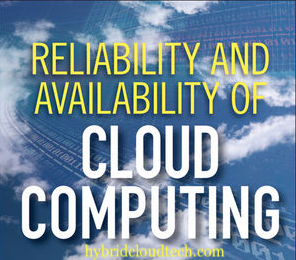Our team has explained how to Secure Customer and Employee Data with this Data Loss Prevention guide. From research, we saw that it’s estimated that more than twenty seven billion records were exposed in the first half of the year 2020. That is how huge the numbers are, despite the decrease in number of reported breach events from 2019. All things considered, this trend of data breach events is becoming more drastic with the average cost and size of a data breach growing each year.
The gravity of modern information and data breaches presents a serious risk to organisations that are eager to protect the data of stakeholders such as customers and employees. That goes to say that; without security controls like data loss prevention (DLP) in place, the task of watching, discovering and preventing breach events may seem to be impossible for even the most motivated of security teams.
The True Costs of Data Breaches
The fast grown cost implications and gravity of data breaches matters not only because of the increased financial impacts, but also because of associated costs like the reliability harm that comes with such breaches. Generally speaking, even a very little security incident ultimately damage the trust between a company and its key stakeholders and customers. In the long run, this can ultimately cause irreparable harm to a startup or existing company. In addition to this, a growing number of data security regulations like GDPR and CCPA are explicitly codifying the types of security requirements. The prerequisites required are to ensure the security of stakeholder data and enforcing steep penalties against organizations that experience data breaches.
How does Cloud DLP help safeguard stakeholder data?
Although a lot of other companies may appear to understand both the reliability impacts of breaches as well as their legal ramifications, efforts to mitigate the factors that lead to breaches of employee and customer data seem to be struggling. This appears to be in part due to the growing amount of data that organizations now manage as well as the fact that this data is increasingly being stored in the cloud. These two factors greatly increase the attack surface of many organizations, thus increasing breach risk.
The function of a data loss prevention software (DLP) specifically discover, classify, and detect personal information (PII). Secondly it identifies protected health information (PHI), other unique identifiers, as well as secrets and credentials. By making use of machine learning based detectors, a DLP is able to automatically scan cloud environments for sensitive data with each detector having been specially trained to identify a unique token type. Read through these healthy ways you can protect your data in the cloud.
Functions of Cloud DLP to Secure Customer & Employee
With over 100 machine learning detectors for all types of personal information, keys, secrets and credentials, as well as the ability to detect custom token types, a data loss prevention software is a comprehensive data discovery and classification tool. We recommend that you hire a security teams that has the ability to manually or automatically remediate data leakage incidents in the cloud.
Keep in mind that a DLP platform can redact, quarantine, and delete text, strings, messages, or files containing sensitive tokens. The team you choose to hire should be capable of operating in a variety of SaaS and IaaS environments. They include; Slack, GitHub, Google Drive, AWS, the Atlassian suite and much more. This would let you keep your customer and employee data safe no matter where it is.
High-growth Fintech Companies ensures customers come first with DLP
Be sure to choose a security team that has also proven valuable for both developers managing codebases and cloud infrastructure as well as teams who directly handle customer information. There are very smart and fast growing financial startup that leverages DLP software for both use cases. Using the Slack, the security team ensures that it’s customer care team provides value to customers without accidental data leakage. Furthermore, they should ensures the DevOps team managers don’t have to worry about the proliferation of secrets and other crucial sensitive information.
A data loss protection (DLP) company automated system provides users with strong guardrails. The DLP needs should covered, so developers can commit their mindshare to focus on delivering new features and solutions for customers.
How do I learn more about securing employee and customer data with Hybrid Cloud Tech?
Hybrid Cloud Tech blog contains news and information about cloud security, DLP, and online products to help infosec leaders level up their company’s security posture. Find more information about how DLP can support your efforts to safeguard critical stakeholder data (Secure Customer & Employee).







